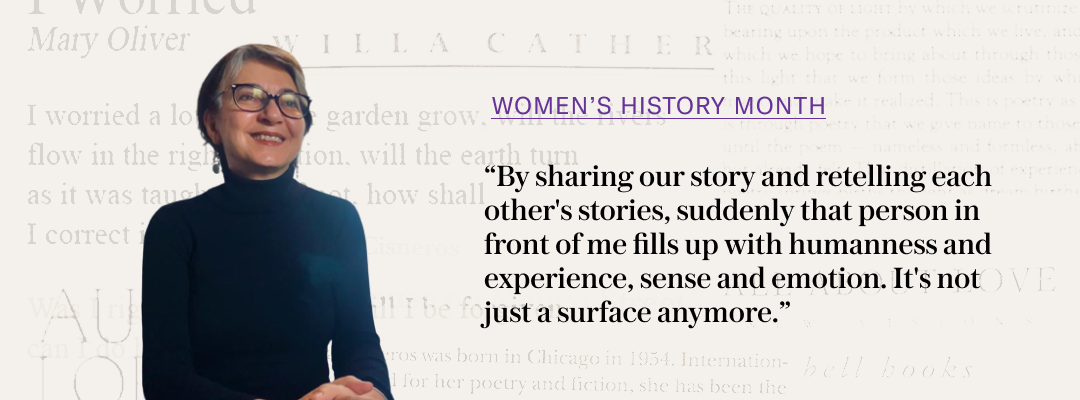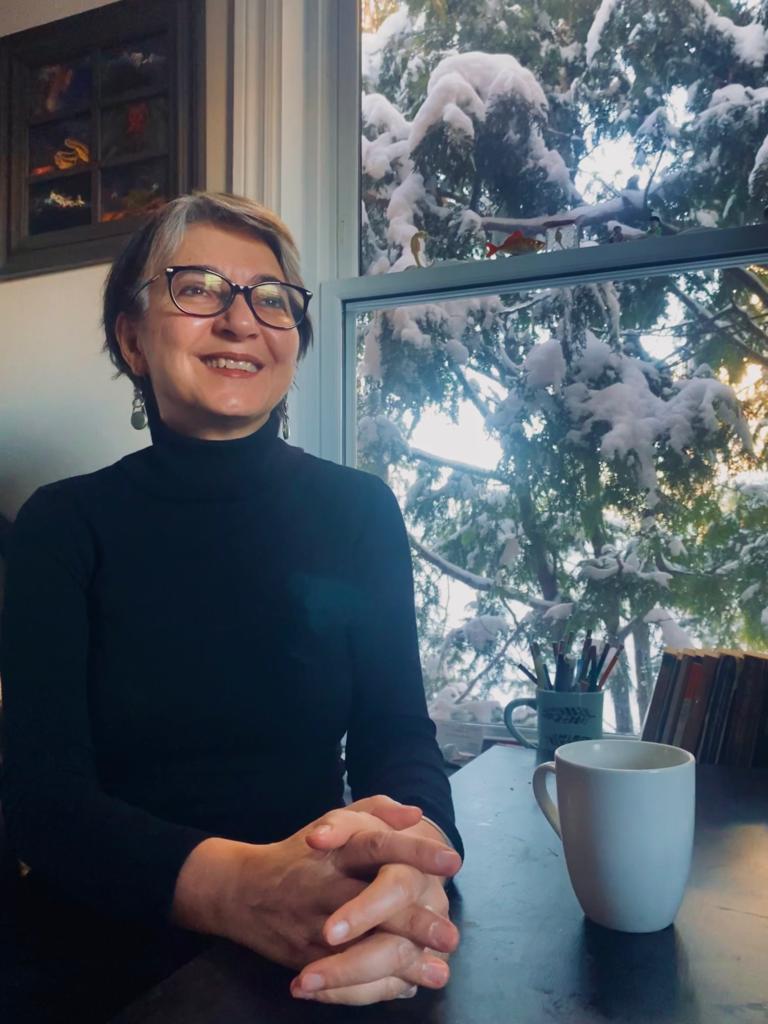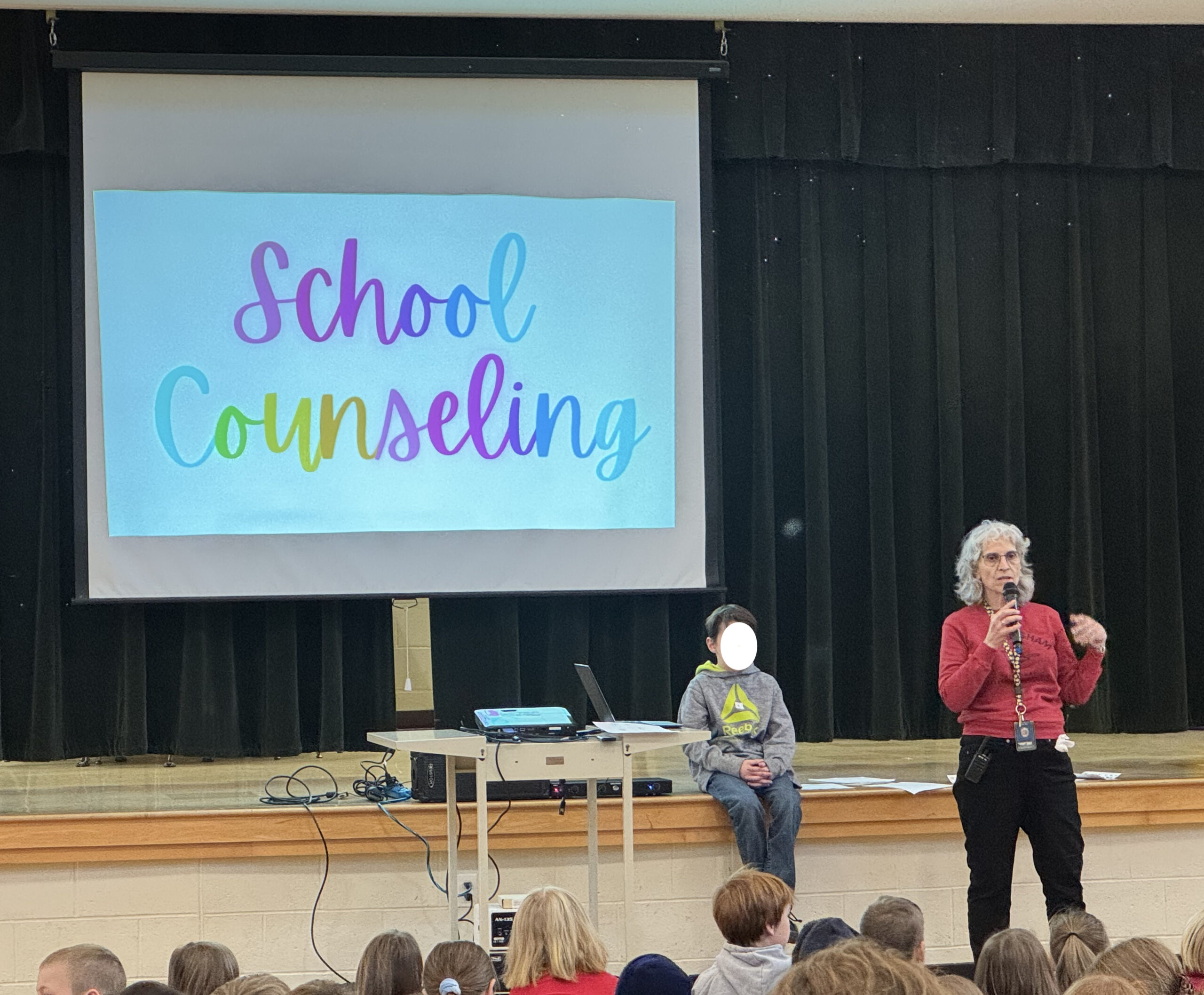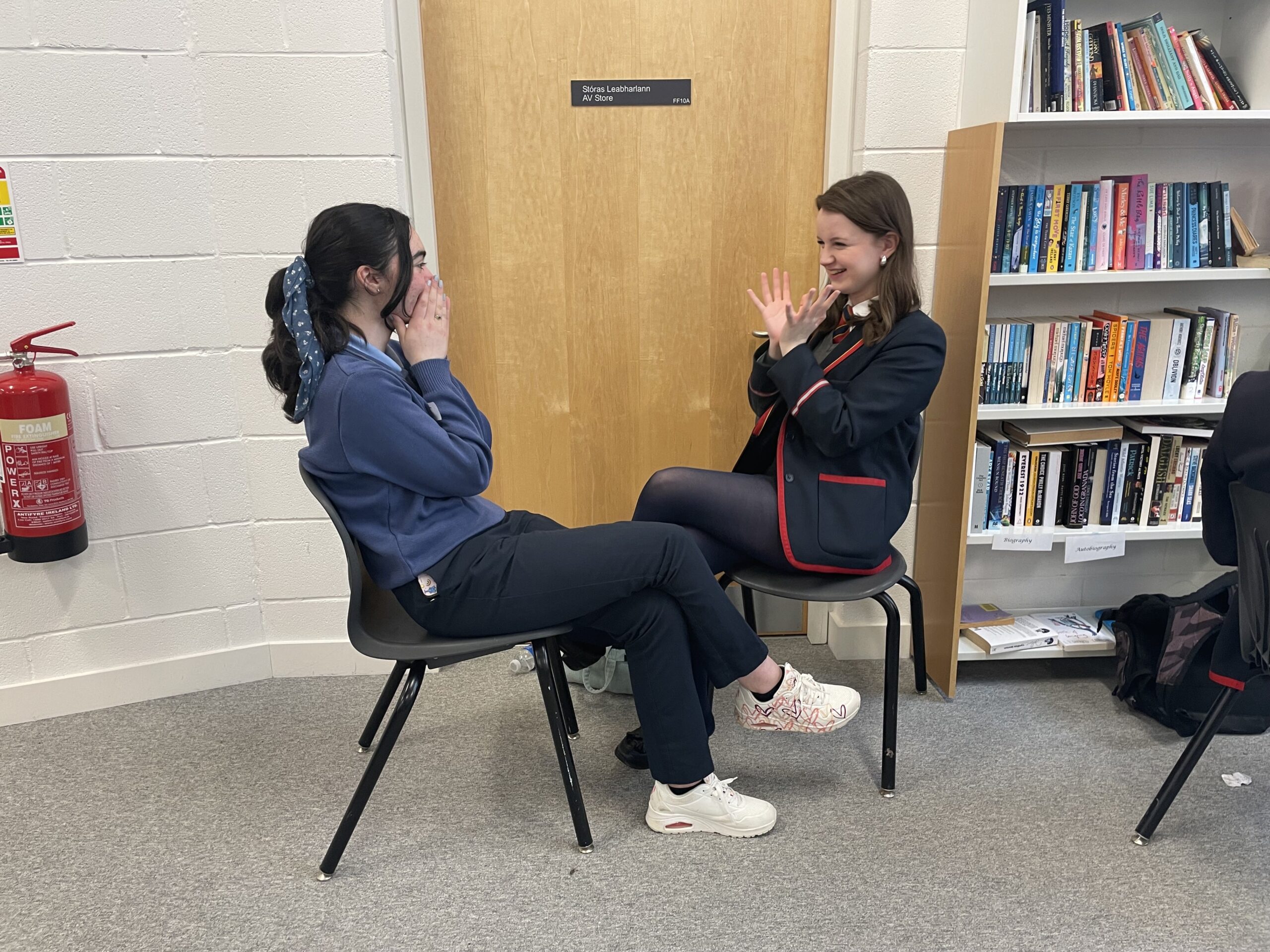Blog
An Interview with Activist and Narrative 4 Educator, Shokoufeh Sakhi

This month, to celebrate International Women’s History Month, we’ve asked our staff to nominate some of the amazing women working within the Narrative 4 community, to uplift their work and express our sincere appreciation for their commitment to N4’s core beliefs. These women truly embody compassionate change-making in the world and are doing the work to build support and connection in their communities.

A fierce activist, educator, scholar and researcher, Shokoufeh has set a truly affecting example of how one can influence societal change. Presently an educator at the University of Toronto, she brings a powerful lens to her course on prison abolition; a former political prisoner of Iran, Shokoufeh has spent the years following her eight year imprisonment advocating for prisoners and new ways of enacting political resistance. Her commitment to sharing her story as a means of inspiring others to build community and root into resiliency is why we are honored to feature her this Women’s History Month. Shokoufeh was recently trained as an N4 facilitator and will be incorporating the Story Exchange to her upcoming summer semester course.
In conversation with Shokoufeh
1. What’s the most important thing we should know about you?
I’ve had a very colorful life. As a youth, I was part of a 1979 revolution in Iran- that’s how I started my high school experience. I grew up through that. By the time I was 18, I was a high school activist and I got arrested because I was a leftist activist student. I spent 8 years in prison in Iran. [I spent essentially] the entire decade of the 80s, my whole 20s, in prison. I was a young mother, as well. I had a one year old son when I was arrested, by the time I came out he was 9 years old.
I am happy that I survived the prison with integrity and could come out not defeated, but I still struggled after I was released. I couldn’t go to school or work because I didn’t comply with the conditions that were enforced [by the government]. I was released on a temporary pass. I [struggled] with getting the right to visit my son because his father, backed by the anti-women laws in Iran, would not allow me to visit him. He also wouldn’t divorce me So, I escaped with my son. From there, I came as a refugee to Canada. I was imprisoned from 1982-1990 and in 1992 escaped as a single mother refugee and started a whole new life. Now, after all these years, I have a PhD. I participated and testified in a People’s tribunal against the Islamic Republic of Iran. I am teaching and working as an adjunct professor at the University of Toronto.
2. What excites you about the work of Narrative 4? What drew you to this work? Why does it matter?
I think [N4] gives the shortest way to create a bridge between people, among people, and build a community. Through the exchange of story, individuals [become] a real human; by sharing our story and retelling each other’s stories, suddenly that person in front of me fills up with humanness and experience, sense and emotion. It’s not just a surface anymore. They are not a bunch of identity titles anymore, they become a real person. It’s a true story. Story exchange is a corporeal experience. [It’s a way of] breaking down people’s internal prisons. We always tell stories of others and there is sympathy or a political understanding, but this way it becomes materialized. It becomes real. It doesn’t stay someone else’s story, you can really relate to that experience.
The other aspect of story exchange is what it gives to our own stories. It’s hard for us to respect ourselves, to give recognition to our own stories and experiences. We always judge ourselves and try to fulfill a perfect image. But when you hear your own story from someone else, you can relate to it in a different way. Compassion goes two ways. Compassion for yourself and your partner.
3. Can you share a brief story about a time when your work as an artist felt especially impactful?
Last year, I wrote a short story based on my prison experience and collaborated with a graphic artist who put the drawings on the story. We presented it to a conference. From the feedback we got, a lot of people felt it spoke to them and encouraged them – especially because it was during the time of the new movement for women in Iran [in 2022]. It was inspiring for them, that it’s possible to live through atrocity and to resist and hold on to some human integrity.
Read our interviews with other nominees and participate in our International Women’s History month campaign here!


